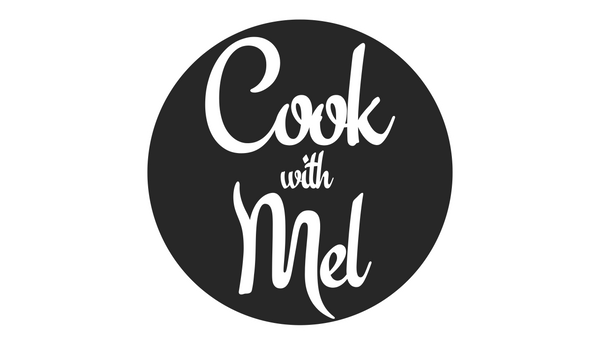When I first experimented with keto, I expected the cravings, the energy dips, and the sudden obsession with avocados. What I didn’t expect was the hair shedding.
If you’ve noticed more hair in the shower drain since starting keto, you’re not alone—and it’s not your imagination. As the founder of Hairguard, a company focused on natural hair health, I’ve spent years studying what supports hair growth (and what doesn’t). And yes, keto can impact your hair—but it doesn’t have to.
In fact, there’s a growing awareness in the keto space around this issue. I was really excited when I heard that Cook with Mel was launching a new Lussh Loxx Hair Remedy—a hair follicle serum made with essential oils like rosemary, bergamot, and onion oil. It’s designed to be massaged into the scalp to support circulation and healthy growth, and fits perfectly into a keto-friendly self-care routine.
Here’s what you need to know if you want to support your hair while staying in fat-burning mode:
1. Understand What’s Actually Happening
Switching to a ketogenic diet is a metabolic shift, and big dietary changes can temporarily shock the body. For some, this triggers telogen effluvium—a form of hair shedding that happens when more hairs than usual enter the resting phase of the growth cycle.
It’s not permanent, and it’s not exclusive to keto. But because keto tends to dramatically reduce carbs and calories at first, that drop can act as a stressor to the body (and your hair follicles).
The takeaway? It’s not the fat or the ketosis—it’s usually the rapid change, nutritional gaps, or undereating that causes the issue.
2. Don’t Skimp on Calories or Protein
Hair isn’t essential for survival, so when your body senses a calorie deficit, it may redirect resources elsewhere.
Make sure you’re eating enough total calories, especially during your transition phase. Protein is also non-negotiable. Your hair is made of keratin, a protein that needs amino acids to grow strong and healthy.
Hairguard tip: Aim for at least 0.8–1g of protein per pound of body weight daily while on keto—more if you’re training hard or already noticing shedding.
3. Watch Your Micronutrients—Especially These
Carbs aren’t just energy—they often deliver key vitamins and minerals. When you drop carbs, you risk missing out on nutrients essential to hair growth:
-
Biotin: Popular in hair supplements, and for good reason. It supports keratin infrastructure. You’ll find it in eggs (eat the yolk!) and liver.
-
Zinc: Crucial for follicle function. Keto-friendly sources include pumpkin seeds and grass-fed beef.
-
Iron: Particularly important for women. Iron deficiency is a common cause of hair thinning.
-
Vitamin D & B12: Both support hair follicle cycling and energy production. Consider testing your levels if you’ve been keto for a while.
Pro tip: A high-quality multivitamin or targeted hair supplement can help close the gap while you dial in your diet.
4. Add Collagen (It’s More Than Just Hype)
Collagen is rich in the amino acids proline and glycine, which support skin and hair structure. It’s also easy to digest and fits perfectly into a keto lifestyle.
Stir a scoop of hydrolyzed collagen into your coffee or bone broth—it’s a small habit that can pay big dividends over time.
5. Boost Circulation to the Scalp
While nutrition is foundational, blood flow to the scalp is also essential for healthy hair growth. That’s why physical interventions like scalp massage can be powerful.
At Hairguard, we’ve developed a device called the Growband Pro—a hands-free tool that gently massages the scalp using compression and decompression. It’s designed to increase blood flow to the hair follicles, which can be especially helpful if you’re already addressing internal factors through diet and supplements.
Even if you don’t use a device, consider incorporating regular manual scalp massage into your routine. It’s a simple, relaxing habit that costs nothing and helps keep your follicles stimulated.
Final Thoughts
Keto can be fantastic for energy, clarity, and fat loss—but your hair needs a little extra love during the transition.
Feed it enough. Support it with the right nutrients. Stay consistent. And give your scalp a little attention too.
Hairguard was founded on one simple idea: treat the root cause, not just the symptoms. And when it comes to diet and hair, the root is often inside—on your plate, in your routines, and in how you care for your body.
To strong strands and smart eating.

